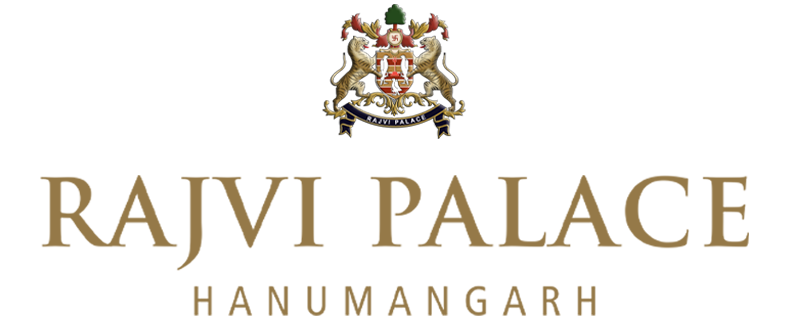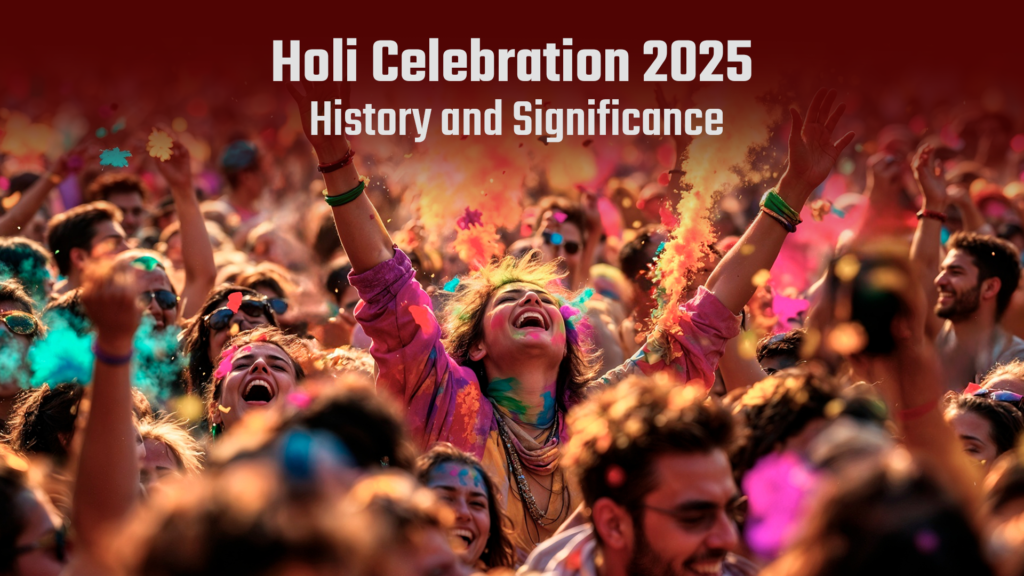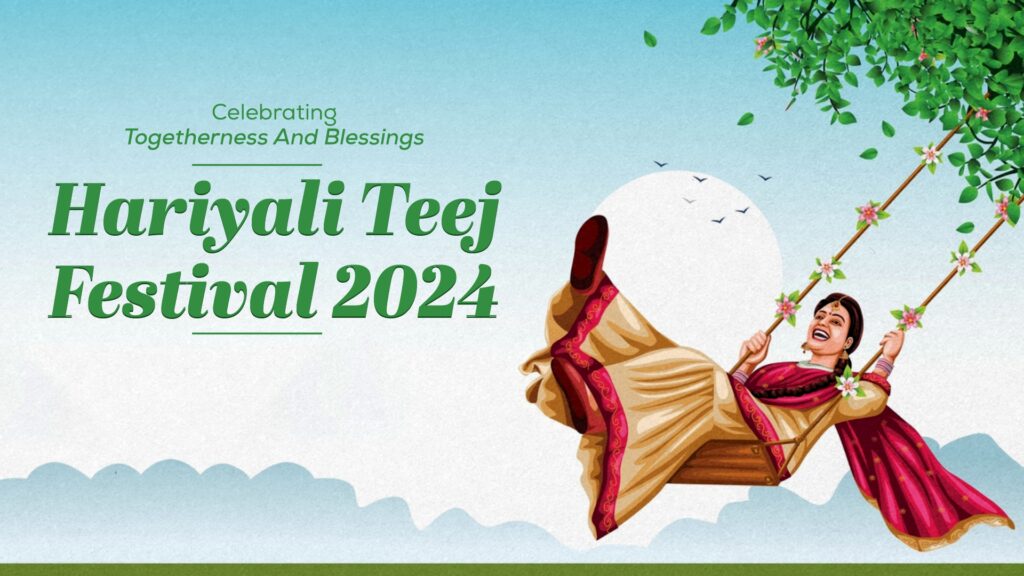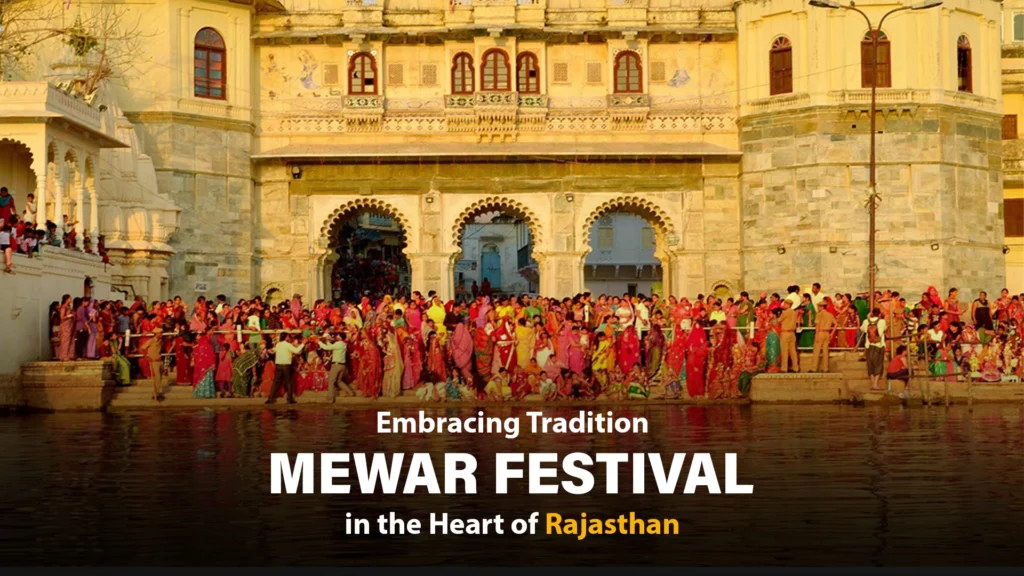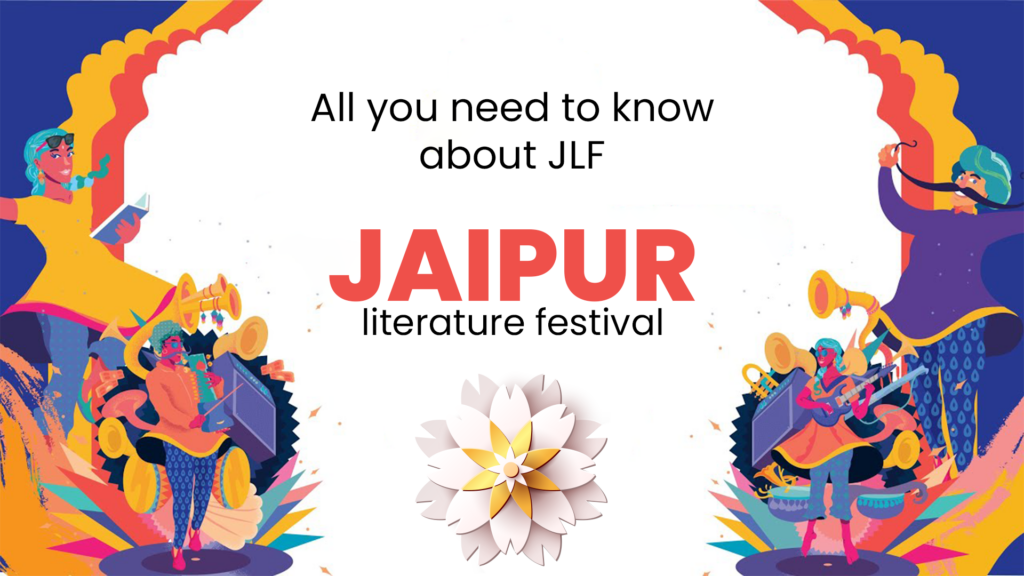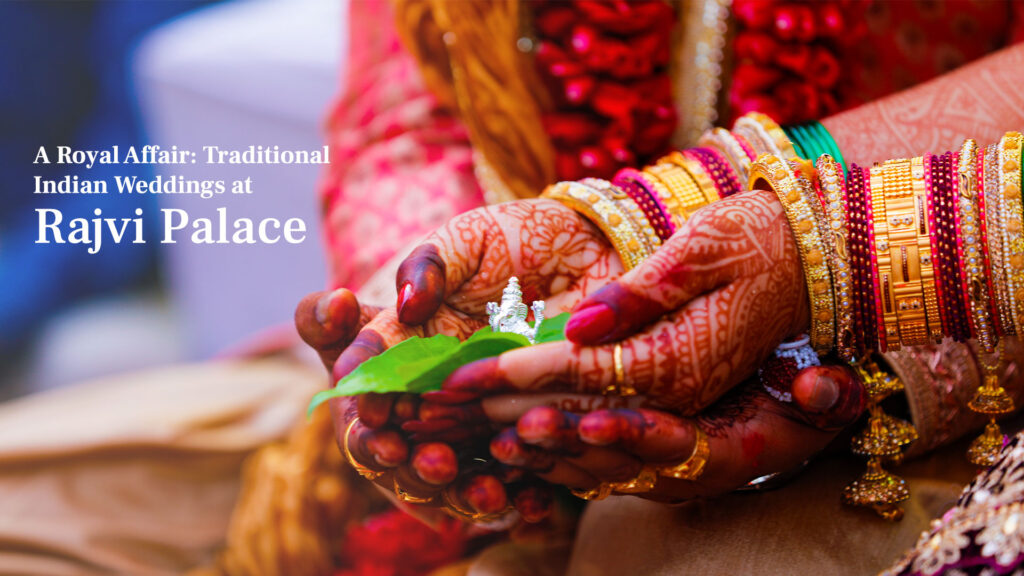Why Rajvi Palace is the Ideal Destination for Couples & Families
Welcome to Rajvi Palace, a leading hotel in Hanumangarh town. We offer a peaceful escape from everyday life. Our property stands out among hotels in Hanumangarh, Rajasthan. We are designed specifically for two types of guests: couples seeking a romantic retreat and families needing a comfortable vacation. We offer secure, roomy lodgings ideal for family vacations for people looking for the best hotels in Hanumangarh. We function as a luxurious Hanumangarh wedding location in addition to being a full-service resort. A Regal Abode: The Ambiance and Architecture of Rajvi Palace From the moment you arrive, Rajvi Palace feels different from other hotels in Hanumangarh. The design is inspired by local history. You will see traditional Rajasthani architecture at Rajvi Palace. This includes: Jharokhas: These are the classic, overhanging balconies. Courtyards: The courtyards are large, open, and full of light. Private Layout: The property is arranged to give all guests privacy. This thoughtful design makes a stay here a unique experience. Rajvi Palace is a self-contained Hanumangarh resort. You can relax within its grounds. The atmosphere is calm and quiet. This makes Rajvi Palace a top choice for a peaceful break. It is known as one of the best hotels in Hanumangarh for this reason. Inside, the spaces are clean and organized. This adds to the calm feeling. For anyone comparing hotels in Hanumangarh, Rajasthan, this is a major benefit. The design also makes it a fine luxury wedding venue in Hanumangarh. There are large areas for big groups. There are also smaller spaces for guests to have privacy. This hotel in Hanumangarh town shows how good design improves your stay. Crafted for Romance: Why Couples Love Rajvi Palace Rajvi Palace is perfect for couples. It offers privacy and a break from daily life. This makes it a unique choice among hotels in Hanumangarh for a quiet getaway. The design of the property includes features that couples find beneficial. Private balconies are attached to rooms, offering personal outdoor space. Seated areas in the gardens are separated for quiet conversation. Interior spaces that feel insulated from the more active areas of the resort. At Rajvi Palace, dining is personal luxury. You can have your meal in the main hall or in a private spot. This choice is a key feature of our Hanumangarh resort. Our staff is helpful but never intrusive. They can arrange special requests to make your stay unique. This service helps make us one of the best hotels in Hanumangarh for anniversaries or getaways. Many couples value the simple, distraction-free environment. This hotel in Hanumangarh town lets you focus on each other. This practical comfort is a standard strength of our hotels in Hanumangarh, Rajasthan. The same principles that serve couples also make the property a practical luxury wedding venue in Hanumangarh. The ability to host guests while providing pockets of tranquility is a key part of its operational model. A Home Away From Home: The Ultimate Family Escape Rajvi Palace is built for families. We know what makes a family trip work. This makes us a top choice among hotels in Hanumangarh. We plan our spaces for your comfort and convenience. We offer family suites and connecting rooms. Room layouts let parents relax while children sleep. Our Hanumangarh resort has large common areas for kids to play. The property is secure and enclosed. Children can explore safely within its boundaries. Parents value this security when choosing the best hotels in Hanumangarh for their holiday. Our dining is easy and flexible. The kitchen can make simple meals for children. The menu has options for various tastes. This removes a common stress for families. Our experience as a luxury wedding venue in Hanumangarh means we are excellent at hosting large family groups. We can easily manage family reunions and trips with multiple generations. Beyond the Stay: Experiences at and Around Rajvi Palace A stay at Rajvi Palace offers more than just a comfortable room. The experience extends to activities within the property and opportunities to explore the local area. This makes it more than just a hotel in Hanumangarh town; it is a base for discovery. Guests can choose to relax on the premises. The resort offers quiet areas where you can relax. If you are interested in local history, we can share the detailed information and help you visit nearby sites. Nearby places to visit in Hanumangarh include: Hanumangarh Fort Local markets with traditional crafts Important religious sites for the community Our team is ready to help you. They can organize your daily schedule, arrange transportation, and recommend local sights. This support makes Rajvi Palace one of the best hotels in Hanumangarh for planned vacations. The same careful planning makes us a dependable luxury wedding venue in Hanumangarh. We coordinate with local suppliers and ensure every event runs without problems. At this Hanumangarh resort, you can choose to be busy or completely relaxed. You can enjoy comfort within our property or explore the area with our help. This balanced service is what makes our hotel in Hanumangarh town a complete destination for visitors. The Rajvi Palace Promise: Service That Makes the Difference The team at Rajvi Palace is its main strength. They focus on providing consistent and reliable service to every guest. This commitment is a central part of the experience at this hotel in Hanumangarh town. Staff are trained to be observant and helpful. They work to meet requests efficiently and with a positive attitude. This approach to hospitality is why many consider it one of the best hotels in Hanumangarh for both families and couples. The service model includes several key points: A focus on solving problems quickly and effectively. Staff who remember returning guests and their preferences. The ability to handle special arrangements for occasions. We provide the same high standard of service to every guest. This is true for a quiet weekend stay or a large wedding. Our team handles complex event logistics while ensuring all guests receive excellent care. When people review hotels
Why Rajvi Palace is the Ideal Destination for Couples & Families Read More »
